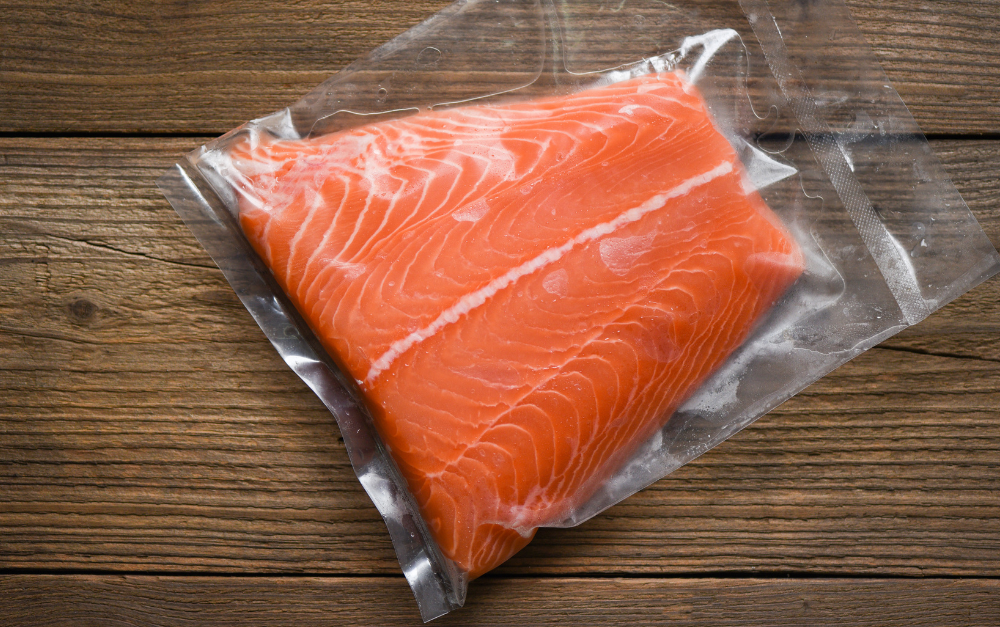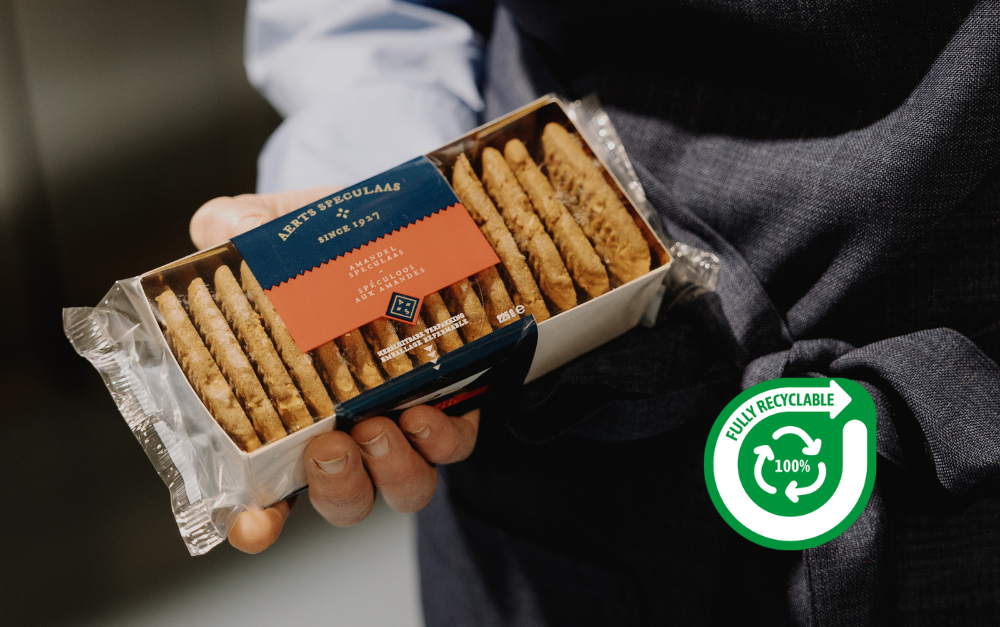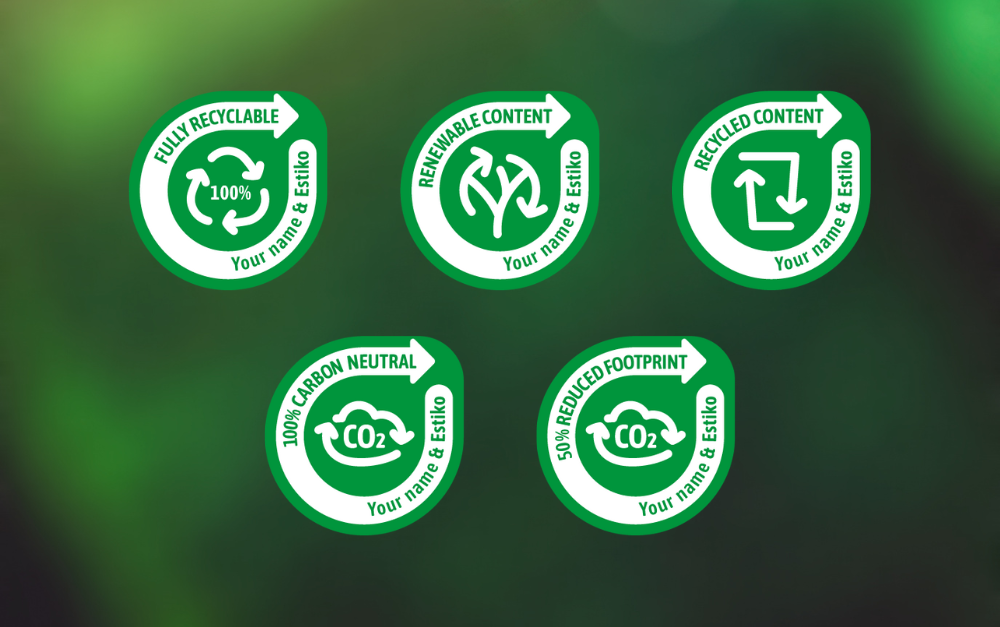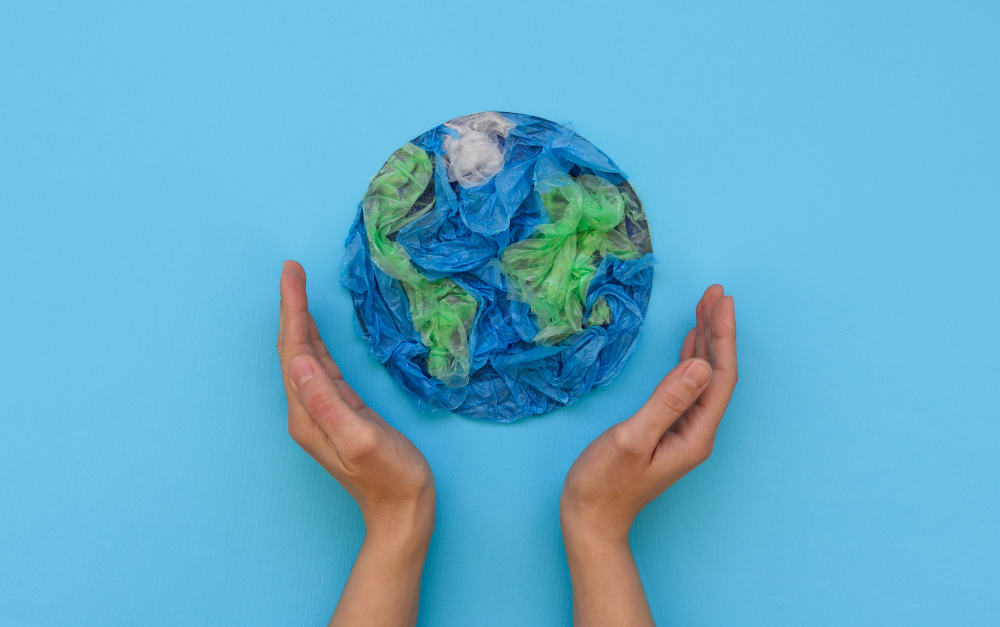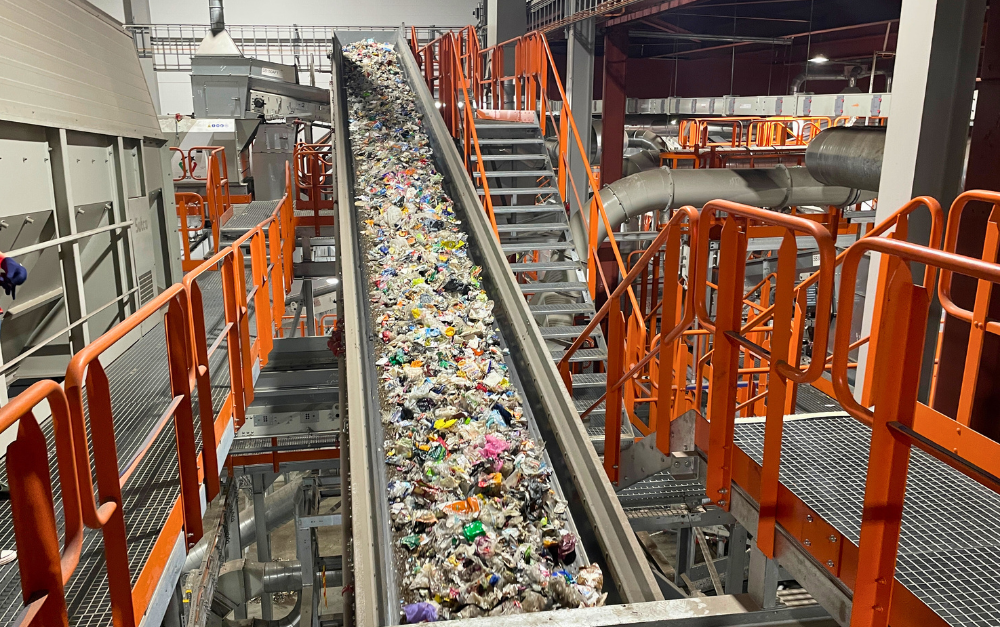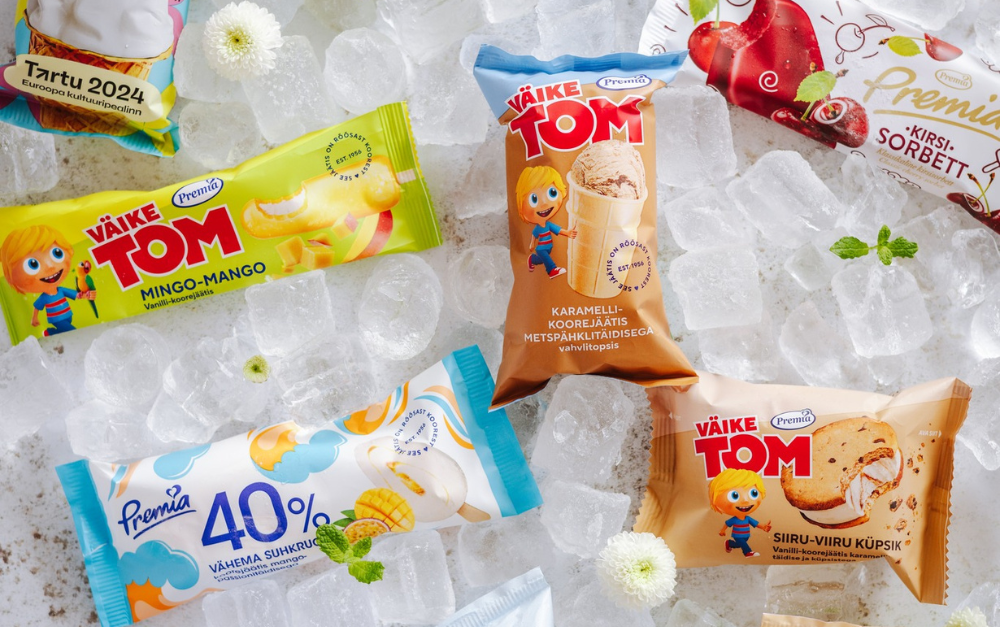According to the Estonian packaging design guide, up to 80% of packaging’s footprint is determined in the design process. Therefore, it is crucial to make informed decisions in order to drive circularity.
This is where cooperation between producers and packaging suppliers comes into play, ensuring that the principles of circular economy are implemented in the best way possible.
Designing for recyclability
The traditional waste hierarchy is based on 3 pillars: reduce, reuse and recycle. To drive a truly circular economy, we in Estiko have added another R to this formula – renew. This implicates the use of renewable resources and our commitment to sustainability in all actions we do.
To bring our ambitions to life, we work closely with our customers to find the best approach for their products. One great example of such cooperation is the sustainability audit service which enables us to examine our clients’ current packaging structures and propose solutions to drive circularity according to the same principles.
Depending on the product’s characteristics, we can make suggestions to better prepare for recovery and to encourage the proper disposal of packaging. See below as we take a closer look to circular principes to keep in mind.
Using the least amount of material while ensuring the preservation of product’s properties
While packaging’s primary purpose is to protect goods against external factors and simplify transportation, optimising the use of materials helps to mitigate the environmental impact of the packaging. One way to achieve this is by downgauging, which means reducing the thickness of the film and subsequently saving natural resources as downgauging also has an influence on the weight of the packaging. By downgauging, we can turn less into more and maximise efficiency without any compromises on performance. Furthermore, our partners can benefit from an accelerated shelf-life test to validate packaging’s functionality after optimising the use of materials.
Keeping the materials in use
To cut down on waste and avoid single-use packaging, designing for durability is the key for driving circularity. A great example of this is switching to refillable pouch-solutions or opting for resealable packaging that can be used repeatedly while keeping the contents fresh.
Being certified by ISCC, we can also leverage the use of renewable or post-consumer recycled (PCR) content in your packaging. Backed by a credible third party, this creates a way to repurpose waste that would otherwise end up in landfills and decrease the need for new virgin materials.
Switching to mono solutions
Single materials, such as PP, PE, or PET, are much easier to recycle in current recycling streams. By limiting composites and the number of materials used, we can ensure more flexible packaging will be repurposed. Opting for mono materials is also one of the main ways to meet objectives set by EU packaging regulations, which aims companies to join circular economy model and make all plastic recyclable by 2030.
Notifying customers about the recycling aspect of the packaging
Consumers play a key role in ensuring that packaging will be sorted properly. This is where clear and accurate on-pack recycling instructions come in handy. Adding a clear and straightforward label or guide on packaging also creates a perfect opportunity to promote your commitment to sustainability and raise awareness of your approach.
For reflecting your green credentials, we in Estiko have created our own set of sustainability logos that highlight the use of renewable or recyclable materials in your packaging.
To meet your high sustainability ambitions, we can offer sustainable material alternatives to almost all packaging types and categories. Together with your product’s specific needs and our know-how, we can jointly create the packaging of tomorrow and lead the way to more circular economy.
Get in touch with our experts today to embed the circular design principles to your packaging.
